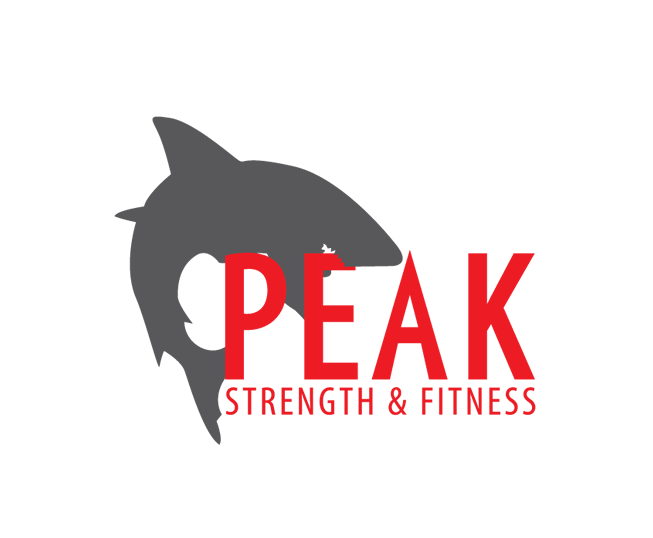This training cycle we are introducing you to the sumo deadlift! We are really excited about it and are looking forward to teaching you!
First, below is an overview of the technique we need to use while performing the sumo deadlift.
Second, here are a couple reasons why we are implementing it in our training. The info below is taken from our friends at BarBend since they put our thoughts in writing. (https://barbend.com/sumo-deadlift-benefits/)
Translating Pulling Strength to Real Life Movements
Nearly every real-life movement in which we are asked to lift something from the ground is done in some variation of the sumo stance. Whether it be lifting the back end of a car after a night out with friends, flipping logs and tires on a lunch break, or helping a friend move couches and refrigerators into their new home; nearly ALL of those movements are done sumo style.
When we take a look at formal athletics, powerful hip extension is often taken from a wider stance position (think middle linebacker and/or shortstop stance), with the torso squatted and loading inside feet that are wider than shoulder width. If you stop and detach yourself from the debate between pulling sumo vs conventional, and open your eyes to the real world, you will see how practical and powerful the sumo deadlift can be for one’s performance in daily life (assuming you are He-Man or He-Woman outside the gym too) and on the platform.
Better Individualization of the Deadlift
While most people generally refer to the conventional style a the gold standard deadlift method, the sumo stance can offer many individuals and athlete a better pulling approach based upon their hip structures, mobility levels, and comfort. Depending on hip structure, specifically the angle of inclination that the femur goes into the pelvis, an athlete may or may not be the most comfortable in a given pulling position.
Whether it be conventional with the toes out, wider stance, feet touching…or maybe sumo with feet to the ends of the barbell, stances can person to person. If the goal is to load the athletes posterior chain as whole and strengthen the system, allowing them to choose which feels most comfortable and athletic to them may be a good option. This is not to say that they should not be able to lift conventional stance however, as a diversified athlete is a safer, stronger athlete.
Increased Gluteus Maximus and Quadriceps Development
Due to the demands on knee extension during the sumo stance, research has shown significant increases in EMG (electromyographic) activity in vastus lateralis, vastus medialis, and tibialis anterior when compared conventional style deadlifts. What this suggest is increased quadriceps and glute development specific to the sumo style deadlift.
The ability to specifically target the glutes and quadriceps in a pulling movement can help a conventional lifter become (1) stronger and more stable above the knee, when quadriceps and glute (knee and hip extension) are key for lockout, (2) add additional lower body volume into preparatory and off-season program without excessively taxing spinal erectors (see below), and (3) can help to strengthen the specific muscles and positions some squatters use while taking a wider stance in the low bar back squats
Deadlift Heavy While Minimizing Lumbar Spine Stress
The sumo deadlift has been shown to produce about 10% less stress upon the spinal extensors in comparison to the conventional style. By assuming a wider stance, the lifter is able to open the hip, flex the knees, and keep the hips closer to the barbell at the start, ultimately increasing the torso angle of the start positioning and shifting demands (up to 10%) of the lift from the spinal erectors to the quadriceps and glutes. This finding can be used to address aspects seen above (1, 2, and 3), but also can help some lifters who are recovering from heightened periods of high training and stress upon the lower back and/or recovery from injury.
.







